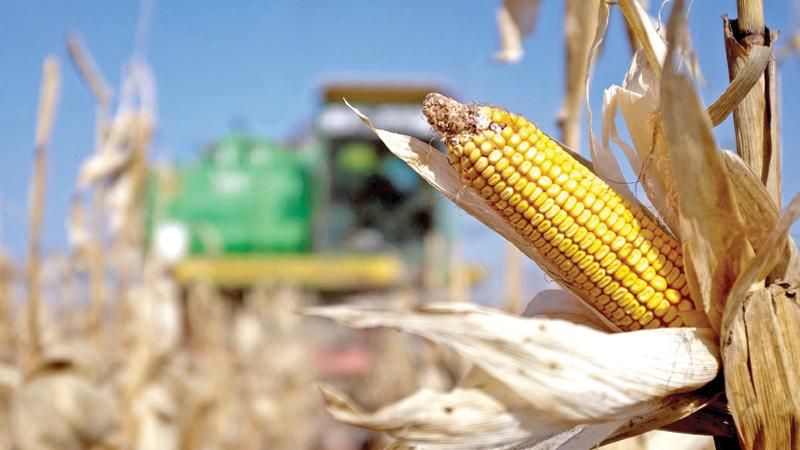
Record high food prices have triggered a global crisis that will drive millions more into extreme poverty, magnifying hunger and malnutrition, while threatening to erase hard-won gains in development.
The war in Ukraine, supply chain disruptions, and the continued economic fallout of the Covid-19 pandemic are reversing years of development gains and pushing food prices to all-time highs. Rising food prices have a greater impact on people in low- and middle-income countries, since they spend a larger share of their income on food than people in high-income countries. This brief looks at rising food insecurity and World Bank responses to date.
As of July 29, 2022, the Agricultural Price Index is 19% higher compared to January 2021. Maize and wheat prices are 16% and 22% higher, compared to January 2021, while rice prices are about 14% lower.
Domestic food price inflation remains high around the world. Information from between March and June 2022 shows high inflation in almost all low- and middle-income countries; 93.8% of low-income countries, 89.1% of lower-middle-income countries, and 89% of upper-middle-income countries have seen inflation levels above 5%, with many experiencing double-digit inflation. The share of high-income countries with high inflation has also increased sharply, with about 78.6% experiencing high food price inflation.
According to the World Bank’s April 2022 Commodity Markets Outlook, the war in Ukraine has altered global patterns of trade, production, and consumption of commodities in ways that will keep prices at historically high levels through the end of 2024 exacerbating food insecurity and inflation.
Food prices were already high before, and the war is driving food prices even higher. Commodities that have been most affected are wheat, maize, edible oils, and fertiliser.
Global commodity markets face upside risks through the following channels: reduction in grain supplies, higher energy prices, higher fertiliser prices, and trade disruption due to shutting down of major ports.
Over the coming months, a major challenge will be access to fertiliser which may impact food production across many crops in different regions. Russia and Belarus are major fertiliser exporters, accounting for 38% of potassic fertiliser, 17% of compound fertiliser, and 15% of nitrogenous fertiliser.
On April 13, 2022, the heads of the World Bank Group, International Monetary Fund, United Nations World Food Program, and World Trade Organization released a joint statement calling on the international community for urgent action to address food insecurity, to keep trade open and support vulnerable countries, including by providing financing to meet the most urgent needs. Following the start of the war in Ukraine, trade-related policies imposed by countries have surged. The global food crisis has been partially made worse by the growing number of food trade restrictions put in place by countries with a goal of increasing domestic supply and reducing prices. As of July 15, 18 countries have implemented 27 food export bans, and seven have implemented 11 export-limiting measures.
Globally, hunger levels remain alarmingly high. According to the 2022 State of Food Insecurity in the World (SOFI) report, the number of people affected by hunger rose in 2021 to 828 million, an increase of about 46 million since 2020 and 150 million since 2019, before the outbreak of the COVID-19 pandemic. - World Bank
